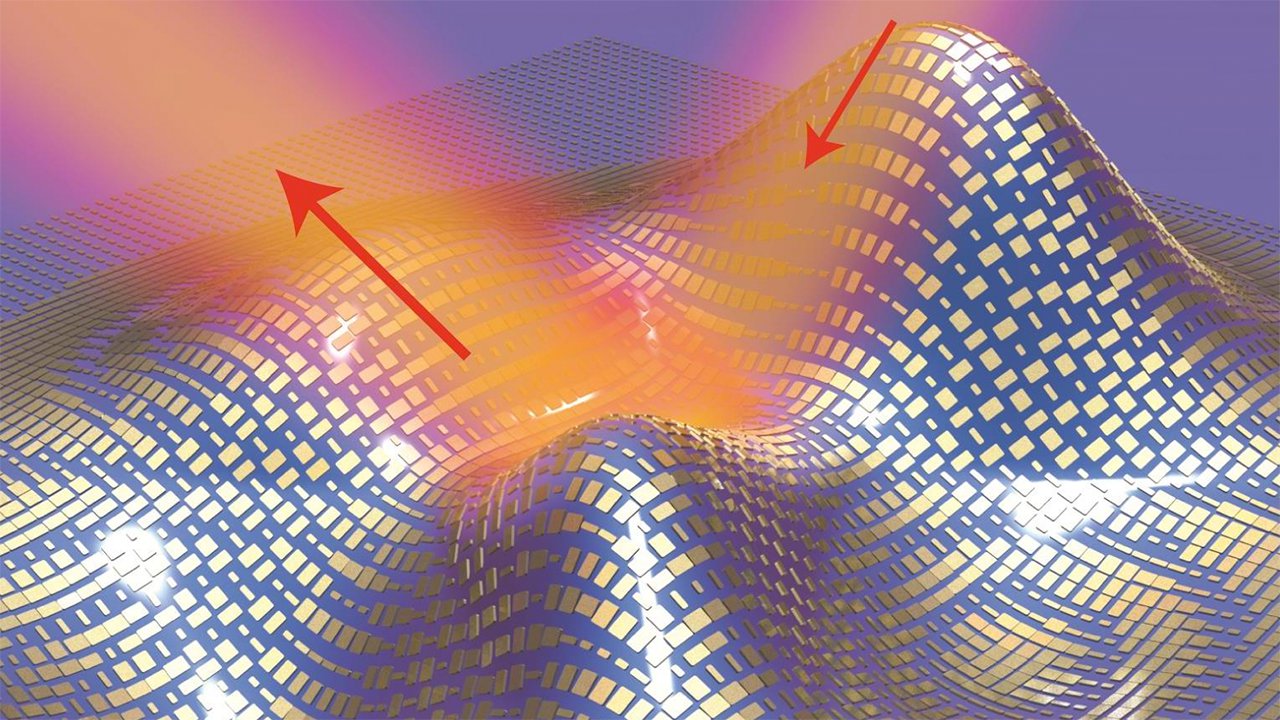Ultrathin invisibility cloak hides tiny objects of any shape

It seems like every few months scientists announce a new breakthrough on invisibility cloaks. And yet I still get caught when I try to steal pizzas from my local Dominos. What gives?
The latest attempt comes from materials engineers at the US Department of Energy's Lawrence Berkeley National Laboratory, who have managed to build an ultra-thin invisibility cloak that can conceal microscopic objects from detection with visible light.
The difference between this cloak and previous attempts is that it can disguise objects of any shape, and it works in air. "This is the first time a 3D object of arbitrary shape has been cloaked from visible light," said Xiang Zhang, who worked on the device.
"Our ultra-thin cloak now looks like a coat. It is easy to design and implement, and is potentially scalable for hiding macroscopic objects."
On and Off
Like other invisibility cloaks, it works by curving light around the edges of the cloak using metamaterials. In tests, an object the size of a few biological cells was successfully concealed - red light reflected back off the cloak was identical to light reflected off a flat mirror. The effect can be switched on and off at will.
As well as pizza theft, potential real-world applications include superfast optical computers, high-resolution microscopes and even security encryption.
It could even prove useful for 3D displays. For further details, check out the paper that the team wrote for the journal Science.
Sign up for breaking news, reviews, opinion, top tech deals, and more.
Image credit: Xiang Zhang group, Berkeley Lab/UC Berkeley
